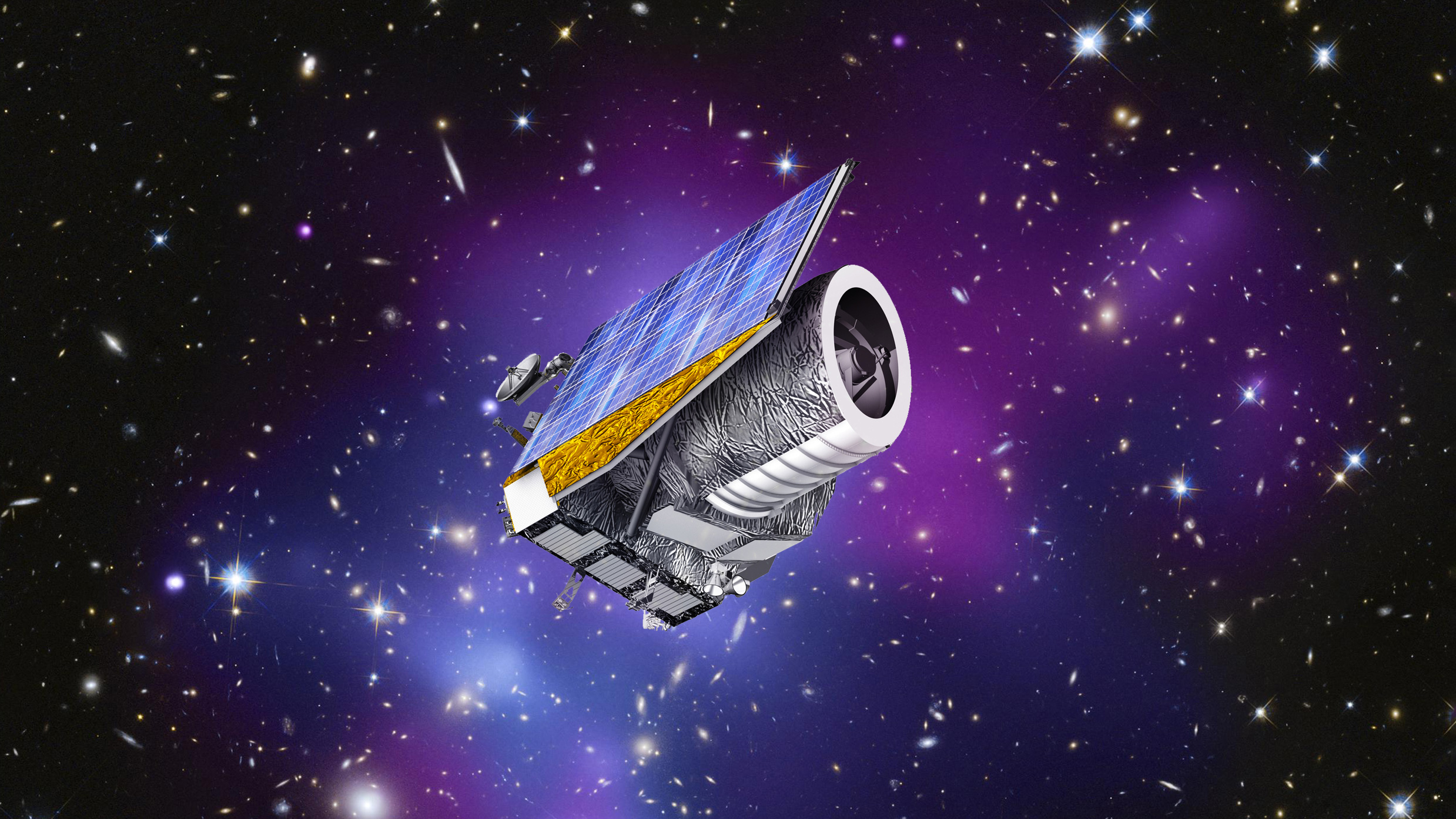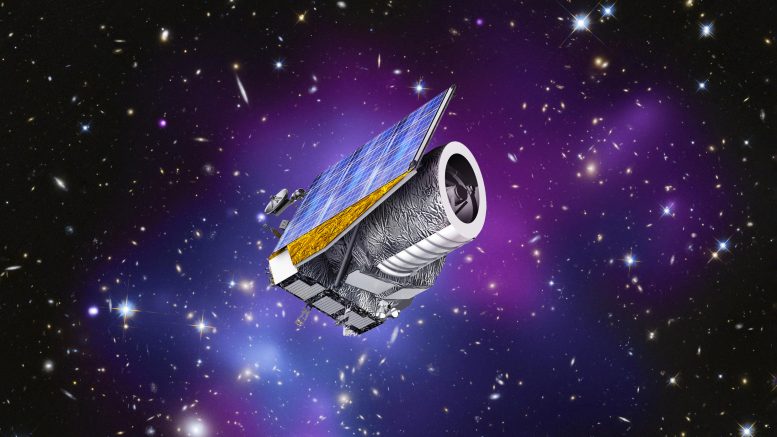

Researchers at the University of Surrey have confirmed their astrophysical models using new data from the Euclid space telescope, demonstrating how the Milky Way’s gravity affects star clusters.
As the European Space Agency (ESA) publishes the first findings from its Euclid space telescope, scientists from the University of Surrey are celebrating fresh insights from the data.
Dr. Denis Erkal, Associate Professor of Astrophysics at the University of Surrey, studies how the gravity of the Milky Way pulls clusters of stars apart, creating streams of stars trailing across the galaxy.
Now, his model for how this happens (video below) has been confirmed by data from Euclid.
Dynamical evolution of M10 (NGC6254) in the Milky Way potential over 2 billion years. The simulation starts when M10 is at apocenter (2.03 billion years ago) and then evolves to the present. As M10 orbits the Milky Way, its stars get tidally stripped and begin to orbit the Milky Way, forming rivers of stars on the sky. Euclid has observed the inner region of this globular cluster and shown that its tidal disruption matches this N-body simulation. Credit: University of Surrey
Dr. Erkal said:
“For a long time, my modelling predicted how the gravity of our Galaxy would pull apart clusters of stars like Messier 10.
“This first data from Euclid shows M10 behaving almost exactly as our models predicted it would. With future data from Euclid, we can explore how many of the star clusters in our Galaxy are getting pulled apart.
“Euclid has brought thousands of scientists together across hundreds of universities. By getting involved, Surrey has been able to continue our pioneering research into these streams of stars.”
Dr. Erkal also worked with Dr. Michelle Collins to help the Euclid team identify possible new galaxies in the telescope’s images.
Dr. Collins said:
“These stunning first images are just the tip of the iceberg. Euclid’s powerful equipment can reveal small dwarf galaxies, identify free-floating rogue planets, and help us understand dark matter.
“This telescope can reveal millions of new objects in a single day. We’re only just beginning to realise its potential.”